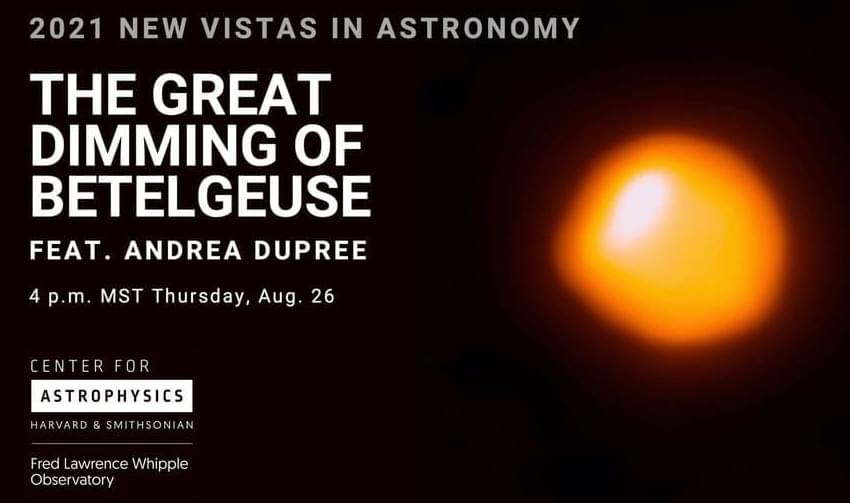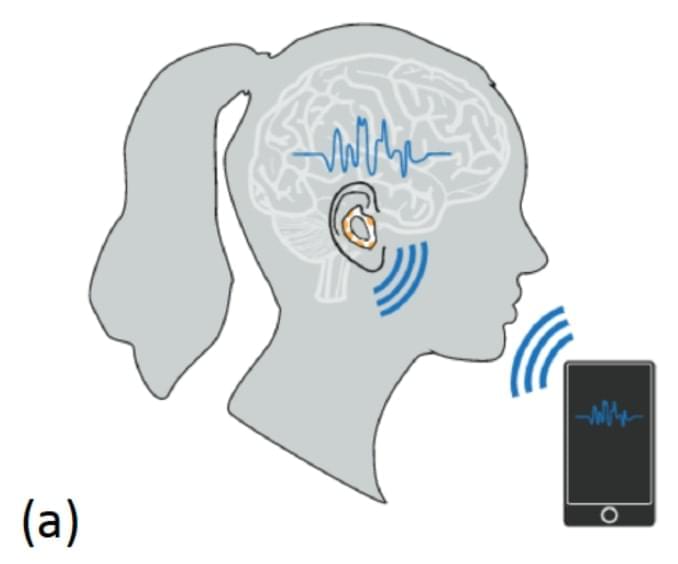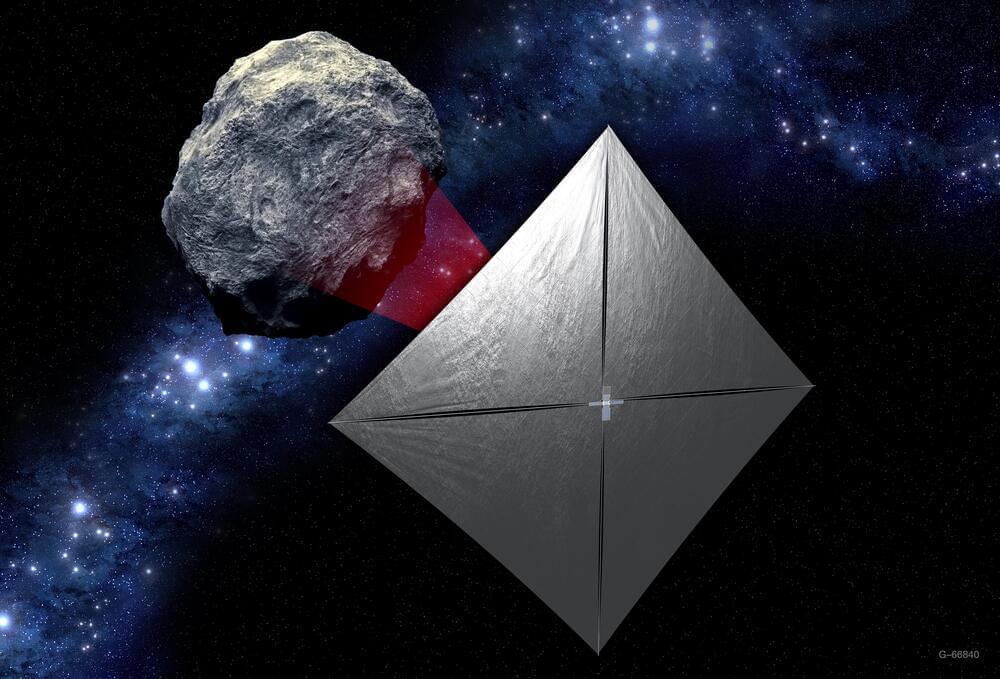After comparing the gut microbiomes of 160 centenarians with those of the elderly and young, scientists found centenarian microbiomes had a special mix.
A Danish startup plans to fit small nuclear reactors onto ships that plug directly into the grid.
AI has finally come full circle.
A new suite of algorithms by Google Brain can now design computer chips —those specifically tailored for running AI software —that vastly outperform those designed by human experts. And the system works in just a few hours, dramatically slashing the weeks-or months-long process that normally gums up digital innovation.
At the heart of these robotic chip designers is a type of machine learning called deep reinforcement learning. This family of algorithms, loosely based on the human brain’s workings, has triumphed over its biological neural inspirations in games such as Chess, Go, and nearly the entire Atari catalog.
Harvard & Smithsonian, where she directs the Solar, Stellar and Planetary Sciences Division. She is a past President of the American Astronomical Society and holds degrees from Wellesley College and Harvard University. Her interest in the star Betelgeuse began in the mid-80’s with measurements from satellites that documented the 420-day pulsation period of Betelgeuse. She also led the extraordinary team that captured the first image of a star other than the Sun – an image of Betelgeuse taken with the Hubble Space Telescope in ultraviolet light – revealing its brightly varying surface.
Obstructive sleep apnea is widely “underrecognized and underdiagnosed.” But individuals with moderate to severe sleep apnea have a notable elevated risk of mortality from cancer and stroke compared to individuals without. People with obstructive sleep apnea and parasomnia have higher risks of breast cancer. The same study finds that parasomnia also increases the risk of oral cancer.
Update 8/23/2021: This post has been updated since we originally published it in October 2020. I evaluated additional top sleep trackers and apps for 2,022 added Biostrap, updated the post to reflect most recent pricing, and added additional commentary on my reviews. The post has been cleaned up and links were made current.
I didn’t used to have a harmonious relationship with sleep. In fact, sleep used to be a source of anxiety for me. I have parasomnia, an amalgam of disorders that, occasionally, give me hypnopompic hallucinations Severe hallucinations when waking up from a deep sleep. 0 night terrors Nightmares that lead the dreamer to wake up screaming and thrashing without recollection of the dream itself 0 and, most dangerously, somnambulism The fancy word for ‘sleepwalking.’ 0 which has led me to drive while sleeping and scare the living piss out of my poor husband after we watched Paranormal Activity together (it didn’t help that I was mutely standing over him at 4:15 AM with my eyes wide open).
So it should come as no surprise that I’ve built quite the relationship with my own sleep metrics and have more than a layman’s knowledge of sleep science. Which brings me to this article.
Dravet syndrome (DS) is a developmental and epileptic encephalopathy with an increased incidence of sudden death. Evidence of interictal breathing deficits in DS suggests that alterations in subcortical projections to brainstem nuclei may exist, which might be driving comorbidities in DS.
Summary: Researchers have identified a circuit within the brain that may be responsible for respiratory dysfunction and sudden death associated with Dravet syndrome.
Source: Vanderbilt University
Risk of sudden unexpected death in epilepsy (SUDEP) is among comorbidities present in Dravet Syndrome (DS), a rare, catastrophic form of epilepsy in which seizures begin in infancy, with most cases due to mutations in a single gene, SCN1A.
Breathing issues have been reported in patients and in mouse models of DS, and a recent study implicated respiratory decline in SUDEP in DS mice.
Craig Montell is a professor at the University of California, Santa Barbara, who helped lead the research. He said in a statement that by removing the two eye receptors, the team was able to “eliminate CO2-induced target recognition without causing blindness.”
Female Aedes aegypti search out blood meals in humans to develop eggs. They use several different senses to find those meals. One of the main identifying tools is the smell of carbon dioxide (CO2). When a human breathes out CO2, the mosquitoes become more active and begin looking for targets to bite.
The research team said this search generally begins with the mosquito flying toward the direction of the released CO2. When seeking out targets, the insects search for dark objects. Once the mosquitoes are within close range, they can also sense heat from skin and additional skin smells to help guide them to a human.
The researchers used the CRSPR/Cas-9 gene editing method to remove two out of five light-sensing receptors in the mosquitoes’ eyes. They say taking away these receptors blocked the ability of the female Aedes aegypti to recognize dark targets.
Earbuds That Read Your Mind
Posted in health, mobile phones, neuroscience
Summary: Retrofitting wireless earbuds to detect neural signals and relaying the data back to smartphones via Bluetooth, researchers say the new earEEG system could have multiple applications, including health monitoring.
Source: UC Berkeley.
From keypads to touch screens to voice commands – step by step, the interface between users and their smartphones has become more personalized, more seamless. Now the ultimate personalized interface is approaching: issuing smartphone commands with your brain waves.
NASA’s Near-Earth Asteroid Scout is tucked away safely inside the agency’s powerful Space Launch System (SLS) rocket at NASA’s Kennedy Space Center in Florida. The solar sailing CubeSat is one of several secondary payloads hitching a ride on Artemis I, the first integrated flight of the agency’s SLS and the Orion spacecraft.
Startups in Germany, China, Israel, and elsewhere are following the path blazed by GPT-3—with local twists.








